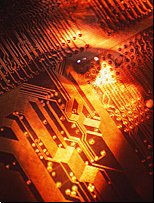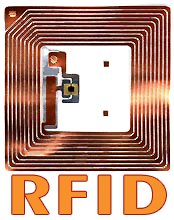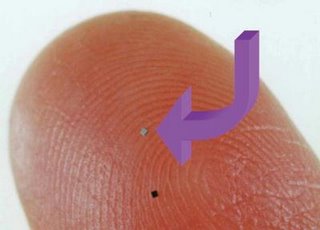ElectriPlast -- The "Proxy Vote"

Increase in
Number
of Shares --
By weevil010
29 Apr 2006, 01:39 PM EDT
RagingBull Message Board: 48674 of 48674
[ElectriPlast Blog (EB) Publisher's Note: Although there is no way to validate the veracity of this public RagingBull message board post, the gist of the content is similar to other attendees private email commentaries received by the ElectriPlast Blog -- this RagingBull message board poster submitted this report as a meeting Attendee with first hand knowledge of the discussions taking place. PK sends...]
Special to the ElectriPlast Blog
The Proxy Vote Results . . .
"I attended a very cordial and informative meeting in
Vancouver."
Shareholders in attendance were from BC, WA, CA, and London, England.
Following the passing of the motion to increase the number of shares to 150,000,000 the meeting was closed.
What followed was a frank discussion of where ITKG had been, how it got there, its relationship with Motorola and its near miss in getting a noteworthy relationship with them.
" All of what I heard convinced me that management was genuine and forthright and had learned from their past experiences and was moving forward to success. "
I believe in ITKG more now than at any time in the past seven years. Their advancement in the production of electriplast and plastena has matured. ITKG will use some treasury shares to finance in-house manufacture of their proprietary feedstock that will be used by others for injection molding. In this manner they will be able to satisfy the growing demand for their product(s) and ensure the "coca-cola" recipe for electriplast is kept in-house. We got to see and hold electriplast items. We learned that more patents have been issued and these patents have even more value since RIM had to settle its patent dispute.
I can attest to the fact that ITKG has not wasted any money on fancy offices, furniture, etc. I can't wait to see them on a thirtieth floor of some fancy office tower replete with fantastic views.
" I was genuinely impressed with what I heard and saw. "
No I am not a paid promoter for ITKG - just a long time investor.
(Voluntary Disclosure: Position- Long; ST Rating- Buy; LT Rating- Strong Buy)
---------------------------
[ ElectriPlast Blog Publisher's Personal Note: I do not usually read the RagingBull website, but did have a fellow shareholder recently email this as an item of interest.
Unbeknownst to the poster, "Weevil010," I have taken great liberties to reflect his/her commentary here for others to share.
To Weevil010 ~ No offense meant in borrowing your words. Many have asked, and yours was one of the first, first-hand account of the events posted in a public forum -- for that I wish to bestow my appreciation for your shared words. PK again sends...]














